By Yi Li, Head of Alibaba Cloud Container Service

Cloud-native is an inevitable trend as cloud computing advances forward, so is its continuous growth.
What new look does cloud-native take on, and what changes does it bring in 2021? Recently, Yi Li, the R&D Director at Alibaba Cloud Container Service, delivered a speech entitled, New Boundaries of Cloud-Native Applications, at the Alibaba Cloud developer conference. He explained how cloud-native makes life convenient for developers from three aspects:
Cloud-native is a technology built on the cloud. It is deeply rooted in developers and provides the greatest value on the cloud.
The CNCF report entitled, The State of Cloud-Native Development 2020, explains how more than 4.7 million developers worldwide are using cloud-native technologies, accounting for 36% of all backend developers. Developers have become the main drivers of the cloud-native revolution.
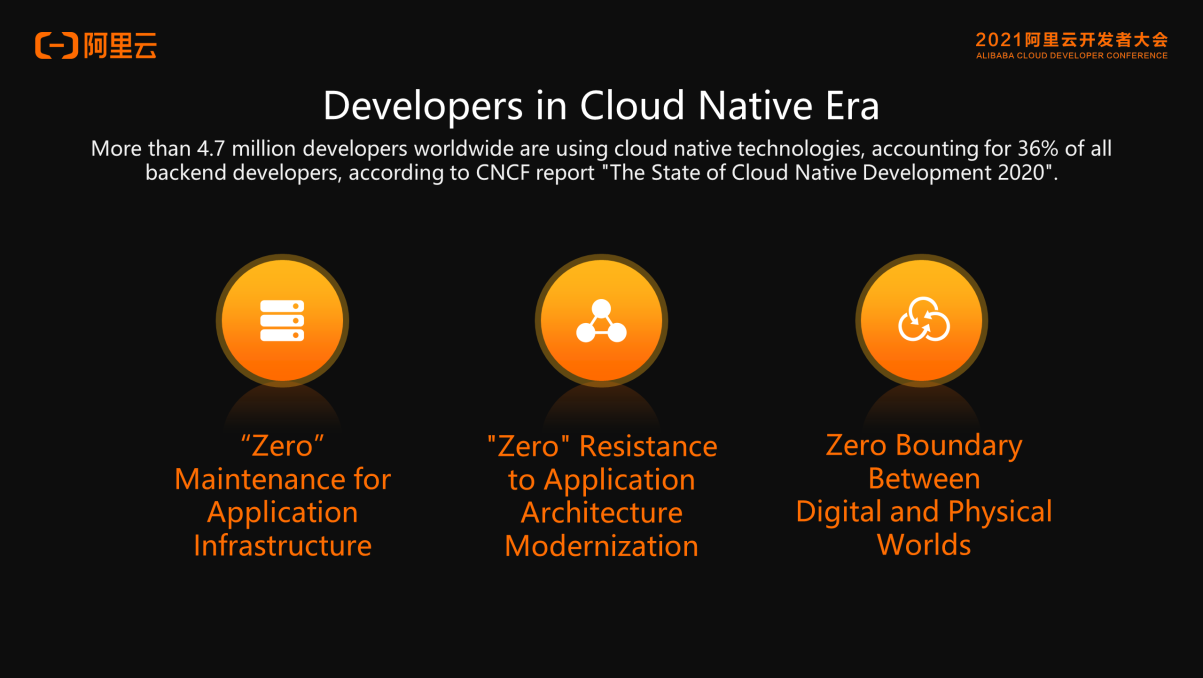
Cloud-native technologies, such as containers and Serverless are continuously pushing computing interfaces upward and complexity downward. Thus, developers can focus on business innovation rather than infrastructures, which improves R&D efficiency significantly.
Alibaba Cloud provides developers with the most abundant cloud-native products in China to help enterprises focus on business innovation rather than infrastructure construction. Enterprises can implement the Internet-based application architecture through Container Service, FC, and ASM. Based on this, cloud-native databases, cloud-native AI, cloud-native big data, and other products can help enterprises accelerate the digitization and intellectualization of business processes.
More enterprises are trying to capitalize on application modernization, such as microservice-based and Mesh-based applications, make more profits, and meet their business development requirements. However, new technologies will also have a great impact on the existing application architecture. Cloud-native technologies can help enterprises upgrade existing application architectures smoothly and gradually.
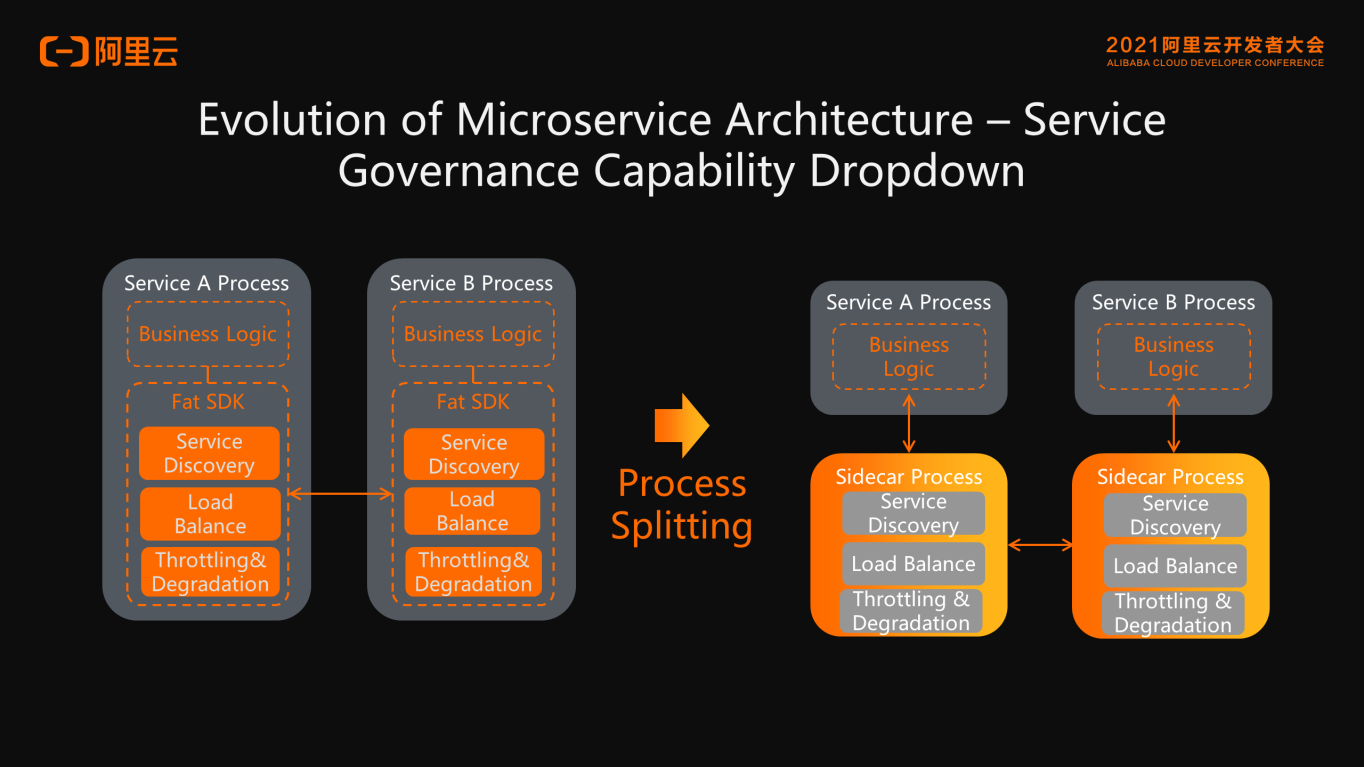
For the modernization of existing applications, developers need to split a monolithic application into distributed microservice architectures. These architectures, such as Spring Cloud and Dubbo, use SDK code libraries to build service governance logic into applications. However, this architecture has several problems:
Therefore, the community proposed Service Mesh architecture, which decouples the business logic of an application from the service governance capabilities. The service governance capabilities are run and deployed in an independent Sidecar process. By doing so, features, such as service discovery, traffic management, observability, and security, transparent to applications are realized through network interception.
With the intrusion and binding problems mentioned above solved, there are several advantages:
Are microservice and service mesh incompatible with each other? How can we ensure the coexistence of the existing microservice architecture and service mesh?
Due to the community's efforts, service mesh and microservice can be integrated to support the smooth evolution of enterprise microservice architectures.
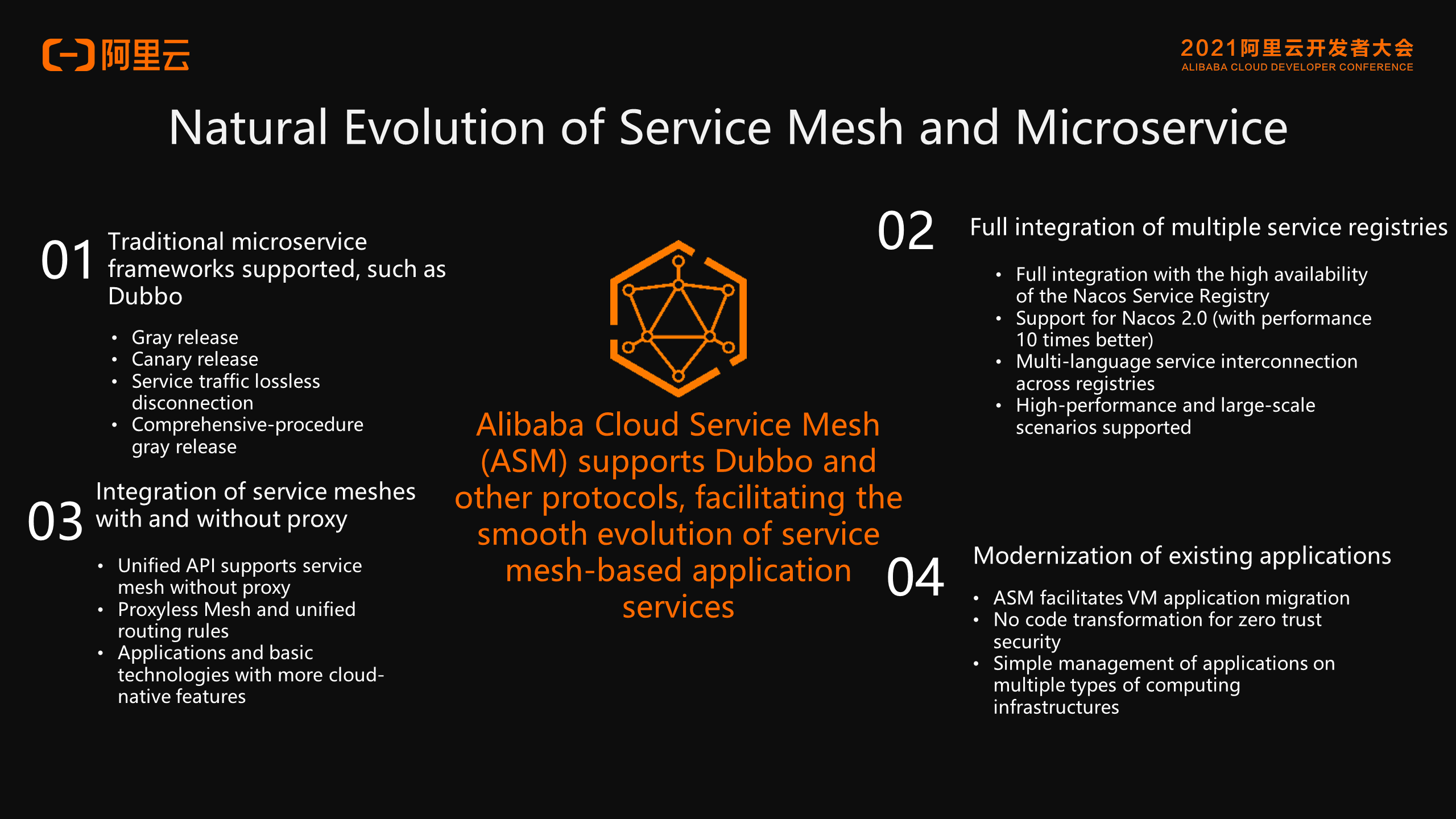
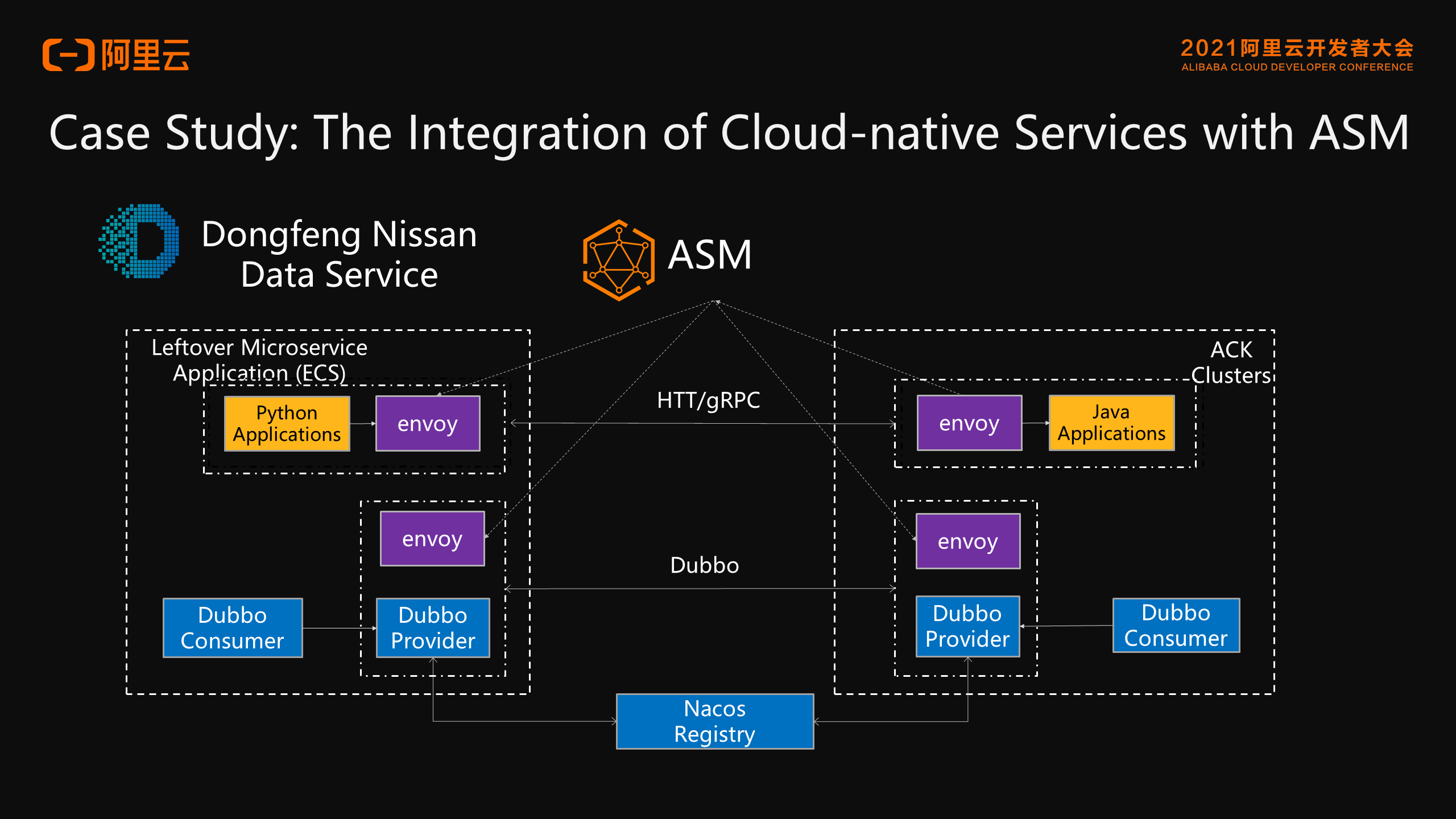
Take Dongfeng Nissan as an example to introduce enterprises' migration to ASM. Firstly, the data services are developed in different languages, such as Python and Java. Java applications use the Dubbo microservice framework, while Python applications use REST/HTTP for service calls, which results in a lack of unified service governance capabilities. Secondly, many methods, such as virtual machines and containerized deployment, are used in parallel. The enterprise wants to implement full migration to the container architecture.
Through ASM, all can be added to implement service governance in a unified and declarative manner, whether it's Python or Java applications, virtual machines, or containerized deployments. Existing Dubbo microservice applications and ASM applications can use the Nacos registry for service registration and discovery, retaining the compatibility with existing application architectures.
Digital innovation needs to go deep and fuse the physical and digital worlds to realize innovative business value. Cloud-edge-end computing integration has become a trend. At the 2021 Alibaba Cloud Summit, the future direction of cloud development was outlined; one cloud with multi-core, one cloud with multi-form, and the combination of cloud and AIoT. These can help support ubiquitous computing. Cloud-native technologies, such as containers will become the most important carriers of the next-generation distributed cloud applications because they are agile, lightweight, and portable.
Logistics is a typical scenario of digital innovation, covering people, goods, machines, and vehicles and involving complex business scenarios, such as massive data processing and intelligent scheduling. Let's take STO Express as an example. It involves the transfer, transportation, and delivery of hundreds of millions of packages every day. Digital technology plays an important role in optimizing the logistics supply chain. STO Express builds a logistics cloud PaaS platform with a cloud-edge-end integration architecture based on Alibaba Cloud ACK@Edge.
This architecture can help enterprises reduce costs by 30% and increase the stability from 99.9% to 99.95%. It supports daily business tasks and can easily cope with business peaks, such as the Double 11 Global Shopping Festival.
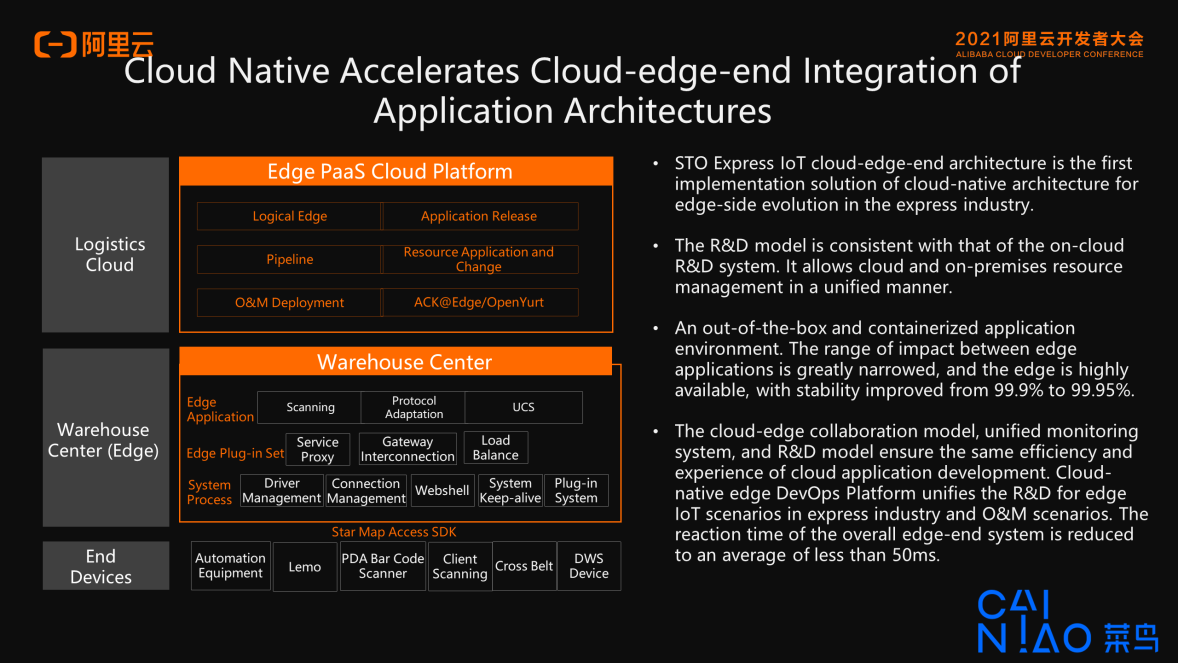
Cainiao logistics PaaS uses ACK@Edge, Alibaba Cloud's edge container service, to deal with distributed resource scheduling, application management, autonomous O&M, and other challenges after the computing is dropped down. The core technology behind this is the open-source OpenYurt project of Alibaba Cloud, which has become the CNCF sandbox project.
Edge computing is facing the technical challenges of decentralized computing power, heterogeneous resources, and weak network connections. OpenYurt is a Kubernetes-based cloud-edge collaborative computing framework. It provides core capabilities, such as edge application management, edge self-recovery and autonomy, and edge computing power management.
OpenYurt adheres to the non-invasive implementation on native Kubernetes, focusing on standardization and openness. Over the past two years, OpenYurt has been implemented in CDN, Youku, Cainiao, Intelligence Brain, and other industries while supporting customers, such as Agora and Kuaishou.
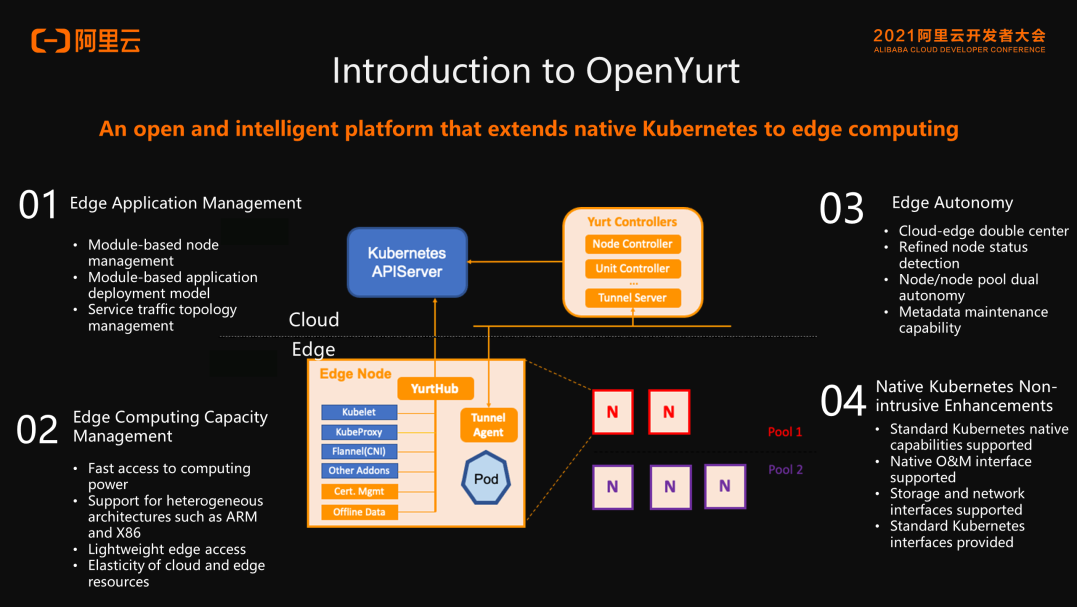
If the cloud is the intelligent brain of enterprises, the IoT devices would be the eyes and hands, which in combination realizes the interaction between the digital and physical worlds. Kubernetes reduces the complexity of managing massive distributed devices and enables centralized management and collaboration of distributed applications and IoT devices. The combination of cloud-native and IoT will bring out great innovation opportunities.
Yi Li (Head of Alibaba Cloud Container Service) and Lu Guang (R&D Director of the VMware R&D Center in China) jointly announced the agreement on strategic technical cooperation in Cloud-Native Edge Computing. They hope to accelerate the construction of the edge cloud-native ecosystem and promote the process of cloud-edge convergence with the help of open-source communities. They also wish to help more enterprises fully embrace digital transformation and upgrading.
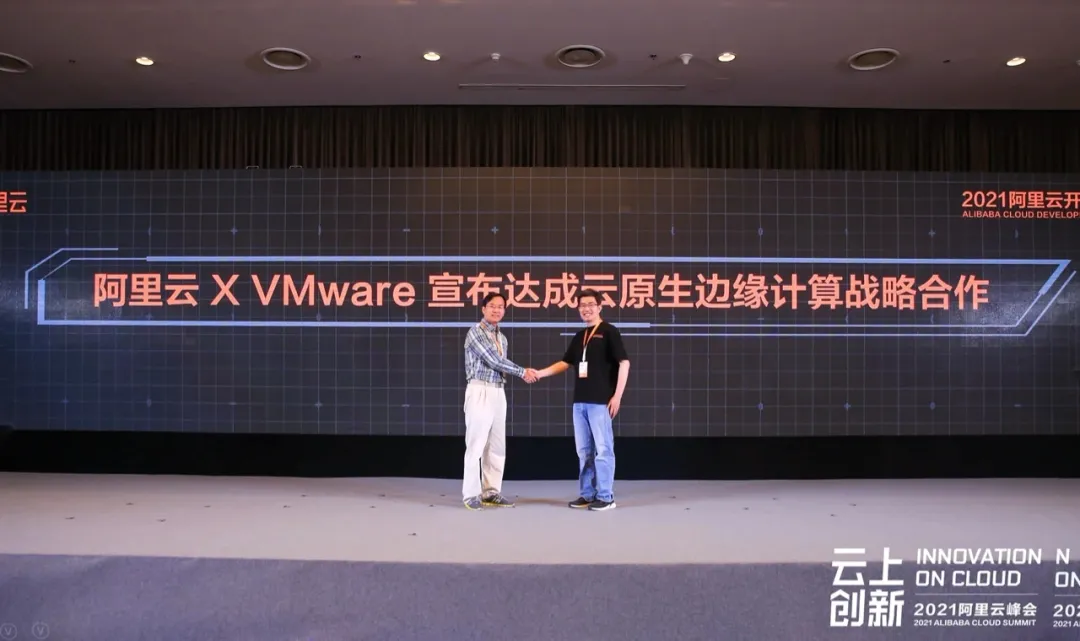
Based on the same ideals and vision, the OpenYurt community and the EdgeX Foundry community, a subsidiary of the Linux Foundation, will cooperate in the fields of edge computing, IoT, and cloud-native. On the one hand, such movement by the two parties aims to provide device twin capabilities by redefining the IoT device management mode in a cloud-native way. On the other hand, it also makes various IoT protocols and devices available to applications through the mature technological ecosystem of EdgeX Foundry.
EdgeX Foundry is an open-source project of the VMware Chinese community jointly initiated and maintained by VMware and OpenYurt. Together, OpenYurt and EdgeX Foundry will help enterprises and edge business developers build an IT architecture with cloud-edge-end collaboration without any transformation to Kubernetes. As a Plug-and-Play open-source IoT Edge platform, EdgeX Foundry (EdgeX) supports devices from different manufacturers using different protocols. At the same time, OpenYurt can extend Kubernetes to edge scenarios through native plug-ins and support all upstream Kubernetes features.
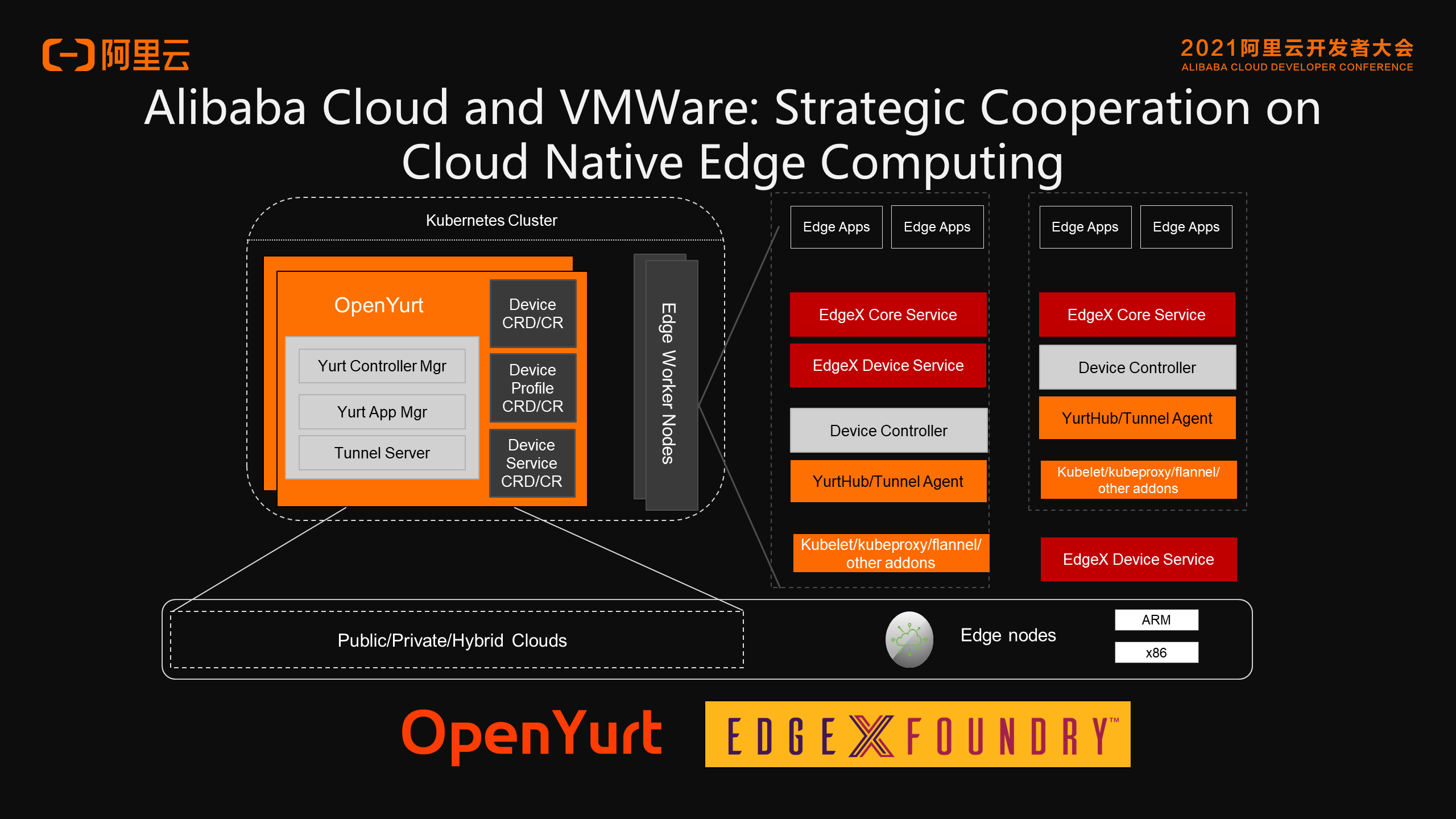

508 posts | 48 followers
FollowAlibaba Developer - April 18, 2022
Alibaba Cloud Indonesia - February 22, 2024
Alibaba Clouder - July 12, 2019
Alibaba Clouder - May 10, 2021
Alibaba Cloud Community - April 14, 2022
Alibaba Clouder - June 8, 2020

508 posts | 48 followers
Follow Microservices Engine (MSE)
Microservices Engine (MSE)
MSE provides a fully managed registration and configuration center, and gateway and microservices governance capabilities.
Learn More DevOps Solution
DevOps Solution
Accelerate software development and delivery by integrating DevOps with the cloud
Learn More Alibaba Cloud Flow
Alibaba Cloud Flow
An enterprise-level continuous delivery tool.
Learn More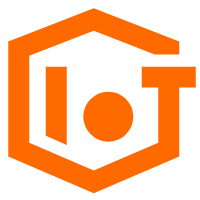 Link IoT Edge
Link IoT Edge
Link IoT Edge allows for the management of millions of edge nodes by extending the capabilities of the cloud, thus providing users with services at the nearest location.
Learn MoreMore Posts by Alibaba Cloud Native Community
Dikky Ryan Pratama May 30, 2023 at 2:53 am
awesome!